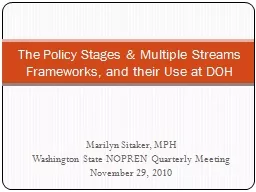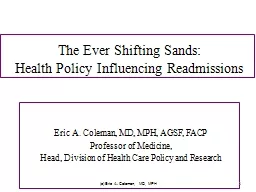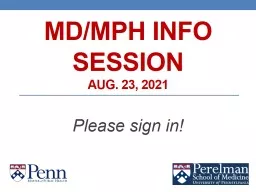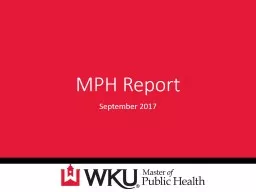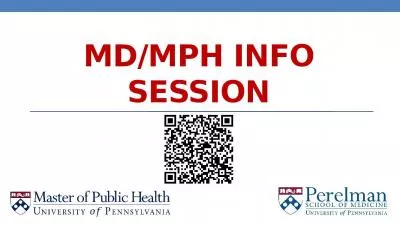PPT-Marilyn Sitaker, MPH
Author : briana-ranney | Published Date : 2015-11-24
Washington State NOPREN Quarterly Meeting November 29 2010 The Policy Stages amp Multiple Streams Frameworks and their Use at DOH Definitions Policy A principle
Presentation Embed Code
Download Presentation
Download Presentation The PPT/PDF document "Marilyn Sitaker, MPH" is the property of its rightful owner. Permission is granted to download and print the materials on this website for personal, non-commercial use only, and to display it on your personal computer provided you do not modify the materials and that you retain all copyright notices contained in the materials. By downloading content from our website, you accept the terms of this agreement.
Marilyn Sitaker, MPH: Transcript
Download Rules Of Document
"Marilyn Sitaker, MPH"The content belongs to its owner. You may download and print it for personal use, without modification, and keep all copyright notices. By downloading, you agree to these terms.
Related Documents

